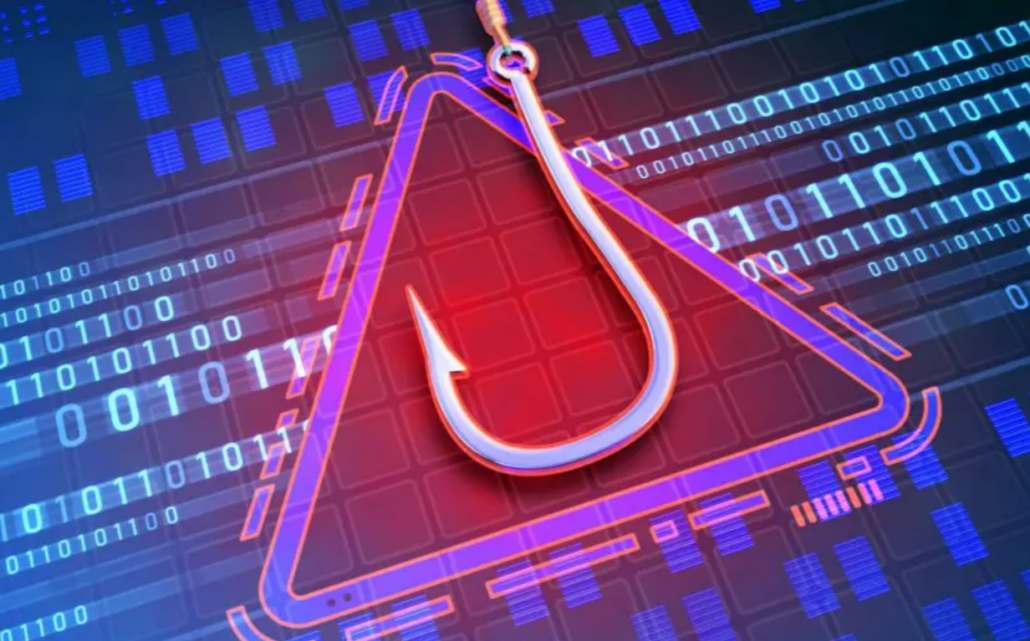Blog: South Sudan must fortify its cyberspace as cybercrime attacks cost billions of dollars in losses globally
Cyber attacks are one of the most dangerous phenomena haunting people worldwide. The attacks, aided by information technology infrastructure and actors, cause severe damage to the lives of people everywhere.
Writer: Ochaya Jackson
Cyber crime is committed through illegal attacks by entities or individuals using collective methods of knowledge, device and the internet to get unauthorised access to computer systems, networks and other information technology devices.
Cyber-attacks are of various categories and take different dimensions depending on the attacker’s interests in the target. It combines techniques, skills, devices and the target’s vulnerability to accomplish a successful attack.
If they succeed in the attacks, data is compromised, devices are infected, and the victims are psychologically tortured as they are left with pain.
The cyber-attack actors are the crime organisations, the state, and the individual. The mission of the attack may differ, but it primarily is to harvest data from the targets that could yield millions or billions of dollars and information gathering.
There are many types of cyber-attacks, including phishing, SQL injection threat, man – in – the middle, cross-site scripting, distributed denial of service, password, AI-powered, drive, eavesdropping, ransomware, and so on.
These attacks are the most commonly used globally to commit cybercrime operations over the internet to compromise victims.
Even though the internet has many advantages, South Sudanese should be aware of its risks and dangers. This necessitates understanding cybercrime attacks and the methods used to carry them out.
Nobody can, however, eliminate cyber attacks, but understanding the dynamics of the attacks can help reduce attacks and save money and people’s lives.
According to the AAG IT Company 2022 cyber crime report, phishing attacks are widely executed.
“Phishing remains the most common form of cybercrime. Globally, 323,972 internet users fell victim to phishing attacks in 2021. This means half of the users who were a victim of cybercrime fell for a phishing attack. An average of $136 lost per phishing attack amounts to $44.2 million stolen by cyber criminals through phishing attacks in 2021”, part of the report reads.
The victims of cybercrime are targeted using emails, and in 2021, the report said about one billion emails were breached, and the data lost is sold to criminals to enhance further attacks.
“Phishing attacks largely target victims through emails; 2021 saw nearly 1 billion emails exposed, affecting 1 in 5 internet users. These breached databases are sold on black marketplaces on the dark web, meaning cyber criminals can purchase them and use the addresses in phishing attacks”.
The Phishing Trends both in 2021 and 2022
The LinkedIn platform is where phishing email attacks are delivered because of its many users. In the first quarter of 2021, phishing emails attached to LinkedIn were highly clicked at 42%, followed by Facebook at 20% and Twitter at 9%.
| 42% | |
| 20% | |
| 9% |
And in the first quarter of 2022, there are five top platforms which experienced phishing, with LinkedIn taking the lead at 52%, DHL at 14%, Google at 7%, Microsoft at 6%, and FedEx at 6%.
| 52% | |
| DHL | 14% |
| 7% | |
| Microsoft | 6% |
| FedEx | 6% |
The rationales for the increase in the cost of cybercrime are that cybercriminals have developed new attack technologies, many countries have weak cybersecurity, cybercrime has turned into a service or business, and the criminals monetise their targets, according to Internet Society Organization.
In an article published by Security Magazine, which highlighted the state of phishing report for 2022 by SlashNext, it found 255 million attacks had taken place in the form of URL based-links, email messages, and mobile and browser channels, amounting to 61% higher than in 2021.
The report indicated that phishing attacks have shifted to mobile devices and communication channels, primarily targeting employees with scams and personal information theft.
Global Cybercrime statistics 2022
The worldwide trends of cybercrime have wrecked damages lost to institutions, individuals, and information technology devices.
In Europe, the United Kingdom has many cybercrime victims, numbering 4783 as of November 2022, above 40% compared with 2020.
In the first quarter of 2022, Russia had 42.92 million data breaches. However, it dropped to 28.78 million violations in the second quarter of 2022.
The United States of America accounts for 46% of cybercrime attacks worldwide. In Asia, Pakistan experienced an 83% increase in financial fraud committed through social media between 2018 and 2021.
In 2018, about 17,560 India-based websites were hacked, including 26,121 one in 2020 were hacked. In the African continent, Nigeria in 2022 has seen 1616% higher data breaches in the first quarter, 35 472 in the second quarter, and 608,765 in the third quarter.
In Australia, $72 million was lost in 2022 through scams. In September this year, Optus telecommunications company experienced a data breach that victimised about 2.1 million customers, and 9.8 million records were stolen.
In conclusion, with the advance in technology, cyber crimes have become more sophisticated, lucrative, and well-organized. The attackers evade the security layers or protocols of individuals, groups, organisations, institutions, and devices.
The victims of the attacks could be institutions, individuals, and information technology devices or infrastructures.
This blog post was published as part of the Fact-checking and Digital Rights Fellowship in the context of the Africa Digital Rights Fund with support from the Collaboration on International ICT Policy in East and Southern Africa (CIPESA).










HELLO EVERYONE.. FEW MUNINETS TO REDY THIS INFOR ON HERPES CURE 2018..
2017 MY MOTHER WAS DIAGNOSED OF HERPES/ KNOWN AS GENITAL WARTS ,I SPENT A LOT OF MONEY ON HER MEDICATION TILL A POINT I EVEN LOST HOPE,BECAUSE MY MOTHER WAS GRADUALLY DYING AND LOST HER MEMORY TOO, I WAS SO DESPERATE TO GET MY MOTHER BACK TO NORMAL, ONE DAY MY UNCLE WHO LIVES IN LONDON UNITED KINGDOM TOLD ME ABOUT DR OLIHA ,WHO HELPED HIM GET RID OF HERPES /GENITAL WART WITH HERBAL MEDICINE AND HIS HERBAL SOAP ,I WAS SO SHOCKED WHEN HE TOLD ME ABOUT THIS ,ALTHOUGH I NEVER BELIEVE IN HERB BUT, I KEEP TO BELIEVE BECAUSE MY UNCLE CAN’T TELL ME LIES WHEN IT COMES TO HEALTH CONDITION I CONTACTED DR OLIHA VIA HIS EMAIL; [email protected] , YOU CAN TALK TO HIM VIA CALL OR WHATSAPP MESSENGER ON +2349038382931 , HE REPLIED AND ASK ME TO SEND MY HOME ADDRESS AND MY MOTHER’S DETAIL AND THEN I PURCHASED THE HERBAL MEDICINE,SENT ME THE HERBAL MEDICINE THROUGH COURIER SERVICE, WHEN I RECEIVED THIS HERBAL MEDICINE USED IT FOR 2 WEEKS, AND 4 DAYS OF USAGE THE WARTS FELL OFF, MY MOTHER I NOW TOTALLY CURED AND MY MOTHER IS LIVING FREE AND HAPPY AGAIN. YOU CAN TALK TO DR VIA HIS MOBILE NUMBER OR WHATS APP HIM ON +2349038382931 OR https://olihamiraclemedici.wixsite.com/drolihamiraclemedici/ ALL THANKS TO DOCTOR DR OLIHA